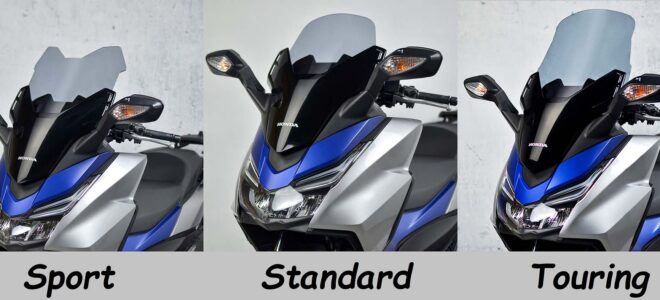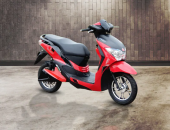Riders of motorcycles and other two-wheeled vehicles know the experience well. Wind buffeting, a phenomenon that causes turbulence and discomfort on long rides, is an inevitable part of driving.
But what lies behind this phenomenon? In this article, we explore the science behind wind buffeting and strategies to improve rider experience. With an understanding of how air flows around a vehicle, riders can take actionable steps to find relief on the open road.
Introduction to Wind Buffeting and Its Dynamics

Source: www.motorcycle.com
Wind buffeting is a phenomenon that can significantly affect the riding experience of motorcyclists. It occurs when air passes over the surface of a motorcycle, creating turbulence and inducing vibrations on the rider.
This can lead to fatigue and disorientation for riders, reducing their comfort level while riding. The dynamics of wind buffeting are complex and require an understanding of aerodynamics to be properly addressed.
In this article, we will explore how wind buffeting works and discuss strategies for improving rider comfort by minimizing its effects. Well, look at how factors such as bike design, rider position, and clothing play into wind buffeting dynamics, as well as techniques that riders can use to reduce discomfort from this effect.
Finally, will discuss methods of measuring wind buffeting to accurately assess its impact on riders’ experiences.
Overview of Common Problems Experienced by Riders
Wind buffeting can be a major source of discomfort for many riders, and is one of the most commonly experienced problems when riding. It is caused by air pressure variations around the bike, which can result in a turbulent airflow that affects the passenger or rider directly.
Common issues include head shakes, instability at high speeds, fatigue from prolonged exposure to wind buffeting, and increased back strain due to an uncomfortable ride. To address these issues it is important to understand the science behind wind buffeting and how it affects riders before developing strategies to improve their experience.
This overview will provide insight into some of the common problems experienced by riders as they attempt to combat this issue on their rides.
Causes of Wind Buffeting: A Scientific Perspective

Source: scenic.app
Wind buffeting is a phenomenon in which riders experience turbulence while riding on motorcycles or scooters. It has been widely studied by scientists to better understand this issue and develop strategies to improve the rider’s experience.
One of the primary causes of wind buffeting is the interaction between airflow across different surfaces, such as the rider, helmet, and motorcycle. When these surfaces interact with each other at high speeds, they create an aerodynamic imbalance that can cause a turbulent effect known as wind buffeting. Other factors include poor design features like inadequate shielding from external airflow around mirrors or fairings; the non-aerodynamic shape of bike components; incorrect positioning of windshields; engine performance issues; heavy luggage loading; and even stability problems caused by uneven weight distribution on two-wheeled vehicles.
Conclusion
Wind buffeting is a common issue among motorcycle riders, but with the right strategies, it can be improved to enhance rider experience. Windshields are an effective way to reduce wind buffeting by providing a barrier between you and the oncoming wind.
A windshield motorcycle also helps keep your helmet in place and protect you from weather elements like rain, snow, and hail. Additionally, adjusting your riding position can make a big difference in reducing how much air passes over you while riding.
Ultimately, minimizing wind buffeting is important for any serious motorcycle enthusiast looking to have an enjoyable ride every time they go out on their bike.




